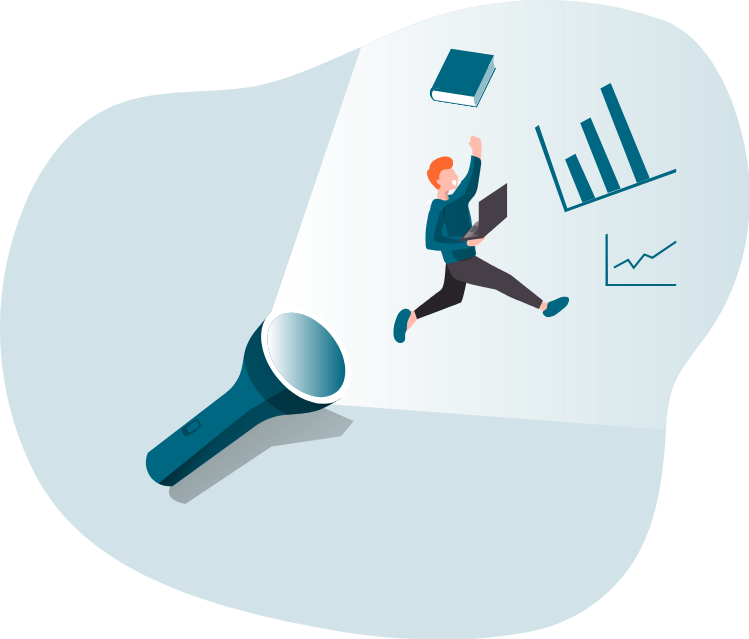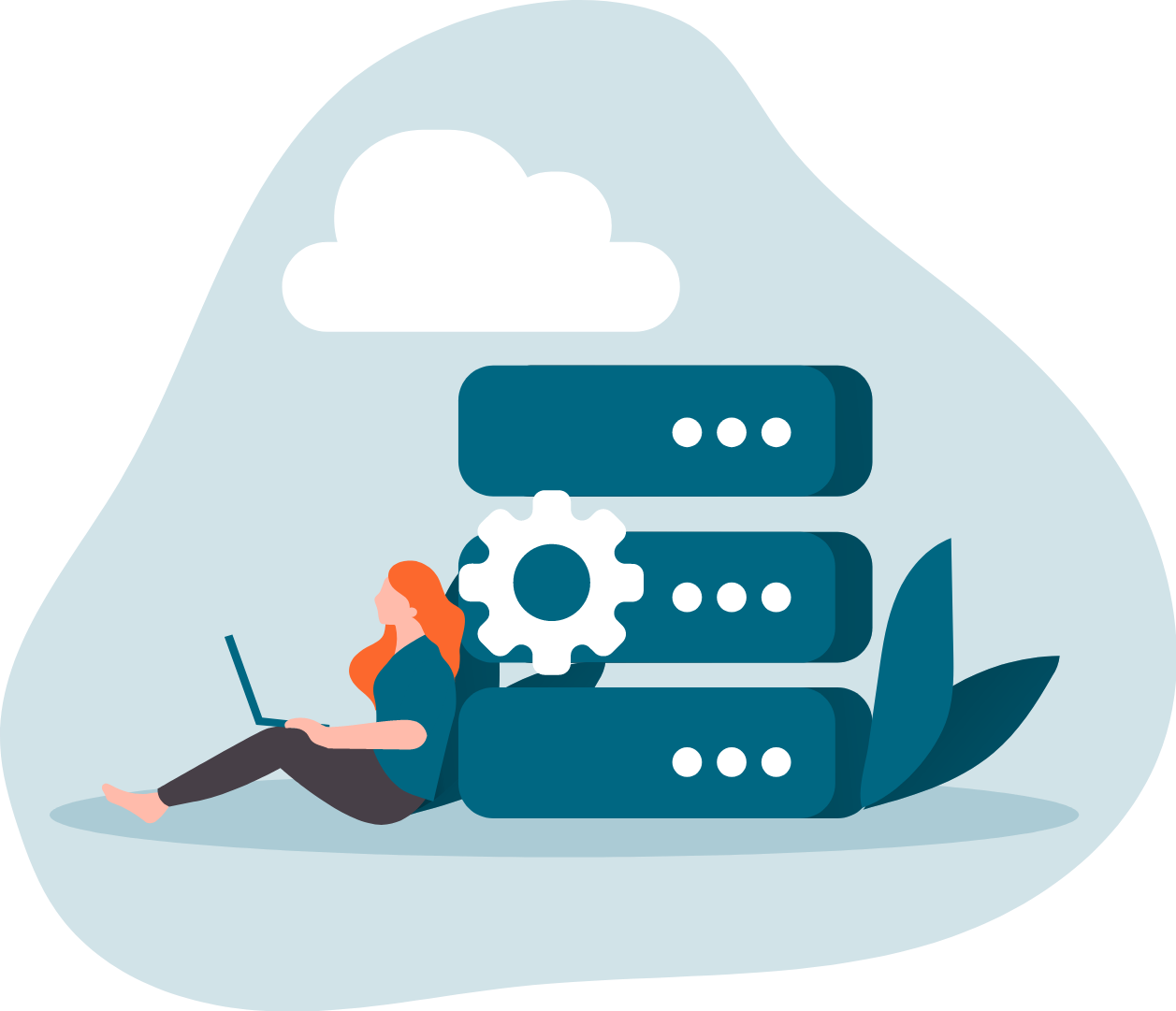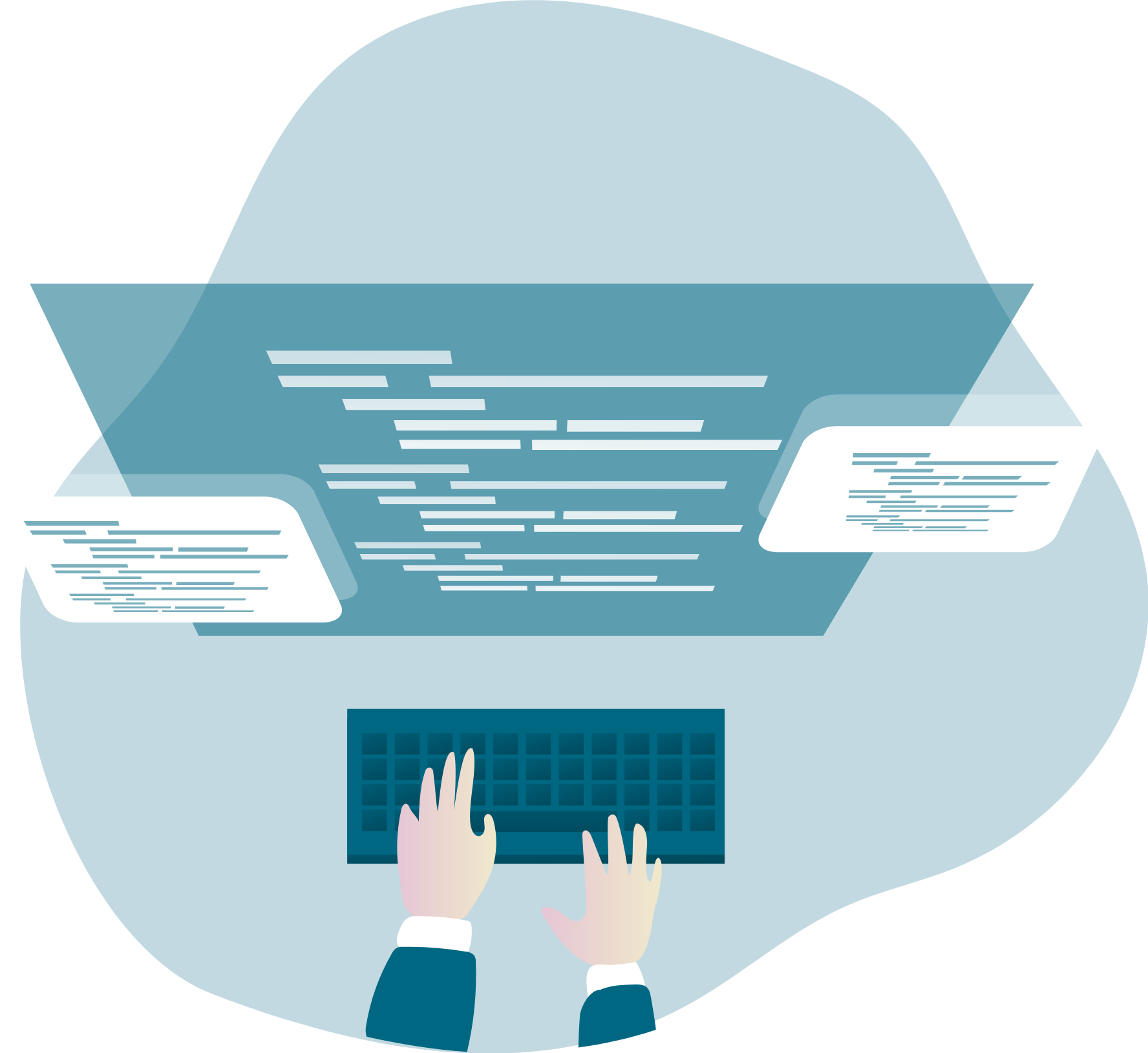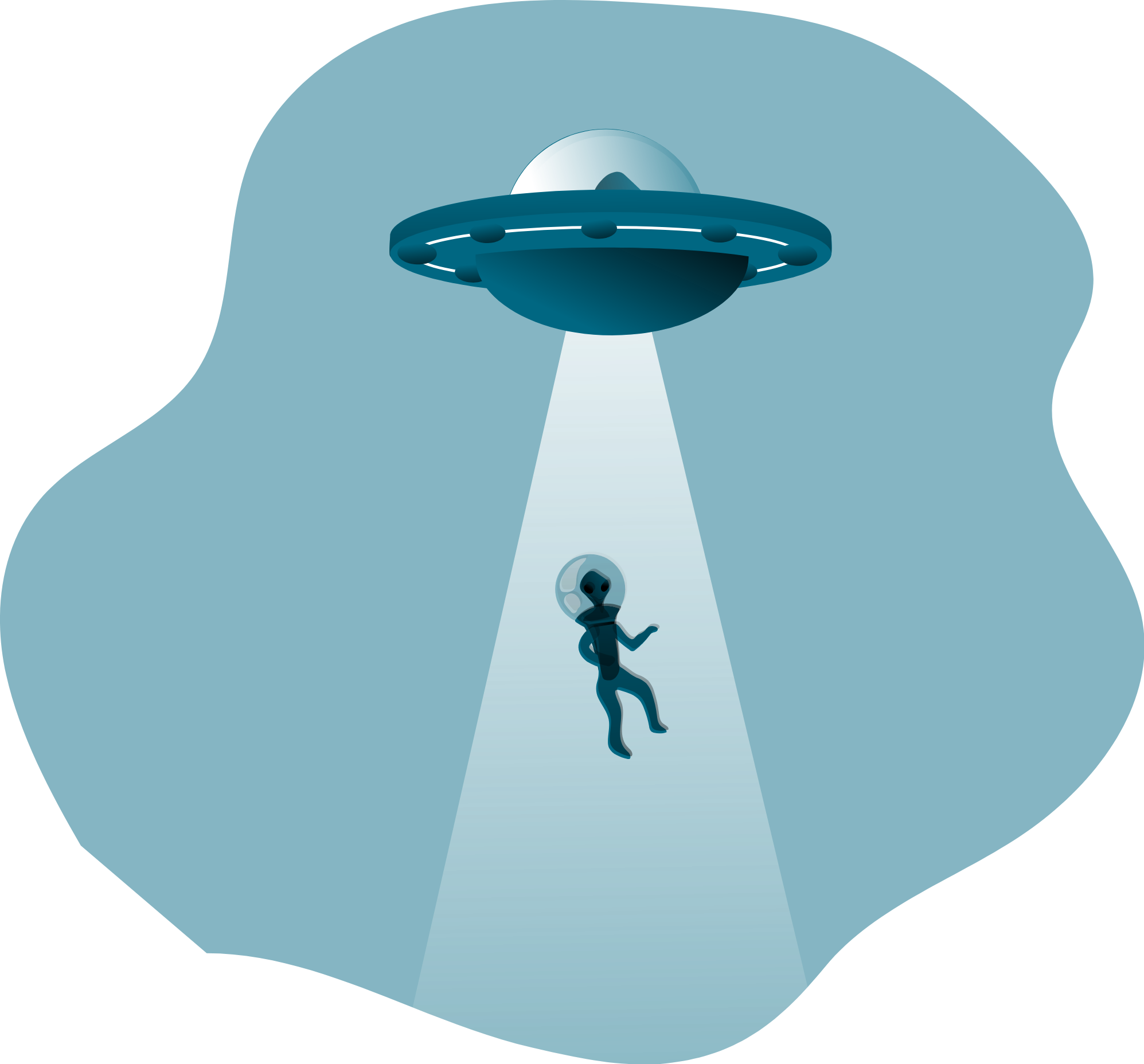I’m taking at my pace the free online course “Foundations of humane technology” by the Center for Humane Technology (whom I had heard of after watching the excellent documentary “The Social Dilemma”.) These are my notes.
- Module 1 – setting the stage
- Module 2 – respecting human nature
- Module 3 – minimizing harmful consequences
- Module 4 – centering values
- Module 5 – creating shared understanding
- Module 6 – supporting fairness & justice
- Module 7 – helping people thrive
- Module 8 – ready to act
Externalities
“Our economic activity is causing the death of the living planet and economists say, ‘Yeah, yeah, that’s an environmental externality.’ There’s something profoundly wrong with our theories if we’re dismissing or just happy to label the death of the living planet as an externality.”
Kate Raworth, “renegade economist”
Negative externalities are unaccounted side effects that result in damages or harms. At small scale they may be acceptable, but aggregated they may be catastrophic. They are external in that the company causing them does not pay the costs. Social, health-related, and environmental costs usually end up borne by society, now or in the future.
Example 1: We can regularly upgrade to the latest exciting smartphone. Externality: 50 million tons of toxic e-waste globally per year (source).
Example 2: The idiots who live in the house behind mine, including their large dog, regularly make a lot of noise, day or night, despite my many complaints over the years. Externality: additional cost of my cranking up the ventilator so the resulting white noise may cover theirs.
🤔 Personal reflection: Externalities
What are the conversations required to identify externalities in your own work? In what ways has your company, organization, or industry already learned lessons about externalities?
There is a proven feedback loop in place as part of our work process (https://www.w3.org/Consortium/Process/) which ensures that any issue is surfaced during the stages of development of open web standards. Externalities then may become work items themselves, or may be specific to particular specifications only. Conversations take place in the open in our multi-stakeholders forum.
Our organization was founded as an industry consortium a few years after the Web took off, by the inventor of the Web himself, to collaboratively and globally create the protocols and guidelines needed for the web to be a universal and agnostic platform which would guarantee its interoperability and availability for everyone. The way the consortium evolved over the years is a testament about learned lessons about externalities.
For example, in 1997, 2.5 years into its existence, W3C launched the International Web Accessibility Initiative (https://www.w3.org/Press/WAI-Launch.html), to remove accessibility barriers for all people with disabilities, with the endorsement of then USA President Bill Clinton who wrote “Congratulations on the launch of the Web Accessibility Initiative — an effort to ensure that people with disabilities have access to the Internet’s World Wide Web.” (https://www.w3.org/Press/Clinton.html)
25 years after, the W3C’s WAI is still very active as Web accessibility goals evolve just as Web technologies are created.
🤔 Personal reflection: Externalities at scale
In an effort to help users celebrate the people in their lives, a photo sharing app unveils a “friend score” that correlates with the people whose posts you most engage with on the app. How might this situation generate serious externalities when scaled to millions or billions of users? For example, how might they impact personal relationships, mental health, shared truth, or individual well-being?
Externalities: I can think of two exernalities: 1) What I post is influenced in a way that may either be reinforcing the feedback loop or breaking it, but in either cases I no longer retain control because what I post becomes driven by the score. 2) This is likely to antagonize myself with the subset of friends which do not feature or feature insufficiently in the score.
In our economic systems
“unchecked economic growth can destroy more value than it creates”
Center for Humane Technology
A few concepts:
- Extraction occurs when a company removes resources from an environment more quickly than they are replenished.
- On the other hand, stewardship is about creating value by helping value thrive in place.
- To create long-term value, we must balance efficiency and scale with resilience, the ability of a complex system to adapt to unexpected changes. When we steward the complex systems that we rely on, they return the favor by supporting us in unexpected ways when crisis hits.
Over-extracting may lead to collapse
Our economic systems tend to operate at an unsustainably extractive scale:
- prioritize growth at all costs, at the expense of environmental damage, or exploitation of labor forces;
- are based on notions such as “Nature is a stock of resources to be converted for human purposes“;
- foster competitive behaviours where even companies that understand the harms of over-extraction and wish to chart a different path face a harsh reality: to stay competitive everyone keeps being engaged, in eve in harmful behavior not because they want to, but because if they don’t, someone else in the market will.
“Often the best way to escape a [competitive behaviour] trap is to band together and change the rules. Competition must be balanced with collaboration and regulation, especially in places where extraction at scale creates widespread risks.
Center for Humane Technology
Just as businesses need markets to compete in, they need movements to collaborate in, especially when those businesses are values-driven.”
🤔 Personal reflection: Assess externalities
Imagine: Your product, which helps creators, mostly teens, express themselves to their friends and broader public audiences, is extremely good at training people to create compelling content and rewards them socially for doing so, but has contributed to a new externality: Reports about severe mental health struggles among influencers (maintaining a large, engaged audience is causing burn out, anxiety, social isolation, etc.) Yet young people are hooked on the idea: “social media influencer” is now the fourth-highest career aspiration among elementary school students.
- Scale of the externality. How widespread will it be?
One out of four is already quite widespread. Compounded with the fact that teens tend to obsess unreasonably over fads, this could spread even more to toxic levels. - Stakes of the impact. For example, is the impact irreversible?
There is a risk of real harm, including self-harm, given the small number of potentially successful social media influencers, or the relatively short span of the success window. The impact may include lost opportunities to pursue a path of more sustainable livelihood. - Vulnerability of the group or system impacted. How exposed is it?
Teens are very vulnerable because easily influenced. They are at a critical point in their development on the track to adulthood where the choices they make are likely to shape and define them on the long-term. - Long-term costs. If this externality is left unaddressed, who will bear the cost and how costly will it be?
Like over-extraction, the value will diminish as the market is flooded. The race to the social media influence likely clears a path with less competition for other careers, but for as long as it takes for the race to lose its appeal, many will be left losing while very few succeed. - Paths to reduction. How might less of this externality be created?
Designing more around creating compelling content and less around social rewarding.
“The ultimate goal should not be to have companies pay to mitigate the harms their products create—it should be to avoid creating harm in the first place.“
Center for Humane Technology
People and safety over profits, please
When algorithms prioritize content based on engagement, the most harmful and engaging content goes viral.
In the case of social media, it takes many orders of magnitude more effort to verify a fact than to invent a lie. Even a company spending billions on fact checking will always have their team outnumbered by those creating disinformation. For this reason, creating structural changes to disincentivize disinformation will almost always be more effective than hiring fact checkers to address the problem, even though fact-checking is an important part of the solution.
“Facebook’s Integrity Team researchers found that removing the reshare button after two levels of sharing is more effective than the billions of dollars spent trying to find and remove harmful content.”
Centre for Humane Technology, #OneClickSafer campaign
The Yak-layering problem
If yak-shaving is the masterful art of removing problems one by one until you eventually get to what you originally wanted to fix, then yak-layering is the unfortunate piling on top of each other of unintended consequences, which may become after years quite complex, obscured and often difficult to change.
Less is more
Addressing harmful externalities by doing less of the activities that generate them gives humans and our ecosystem a chance to get healthy again. So, while it’s easy to think that more technology can solve our problems, rather than creating a technological solution to address an externality, we can work to reduce the externality itself.
For example, implementing energy efficiency programs or appliances so that we use less energy is often cheaper and more environmentally friendly than generating more energy from renewable sources.
Paradigm shifting
| current paradigm | paradigm shifting |
| negative externalities | turn into design criteria |
| profit/growth at all costs | bind scale to responsibility |
| fix tech with more tech | create fewer risks |
| design | design for the better |
| hiding/ignoring externalities | add mitigations to road-map |
| traditional success metrics (KPIs) | align with your values |
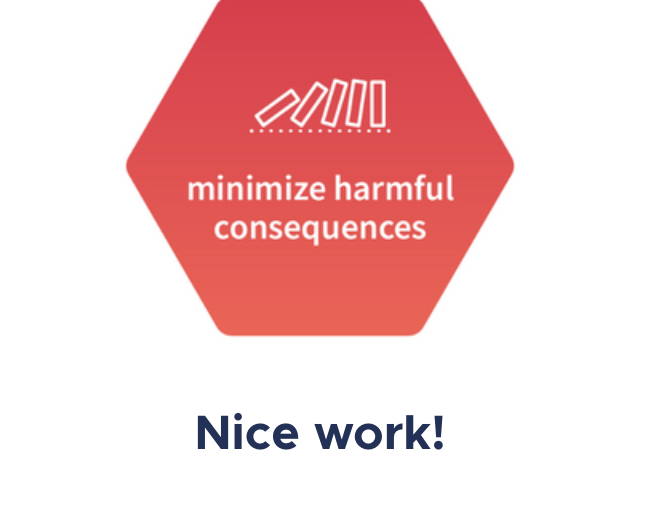

!["What was the original problem you were trying to fix?"; "Well, I noticed one of the tools I was using had an inefficiency that was wasting my time." 'What are you working on?' [person at computer answers:] 'Trying to fix the problems I created when I tried to fix the problems I created when I tried to fix the problems I created when...'](https://blog.koalie.net/wp-content/uploads/2024/01/fixing_problems.png)
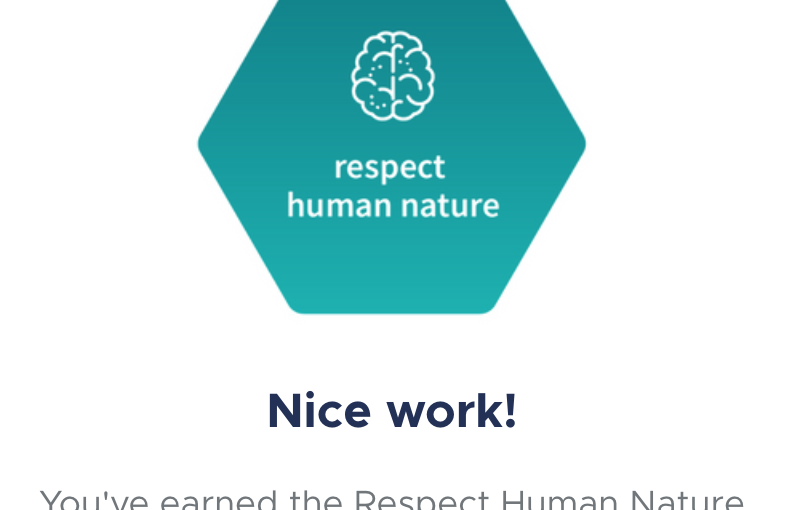

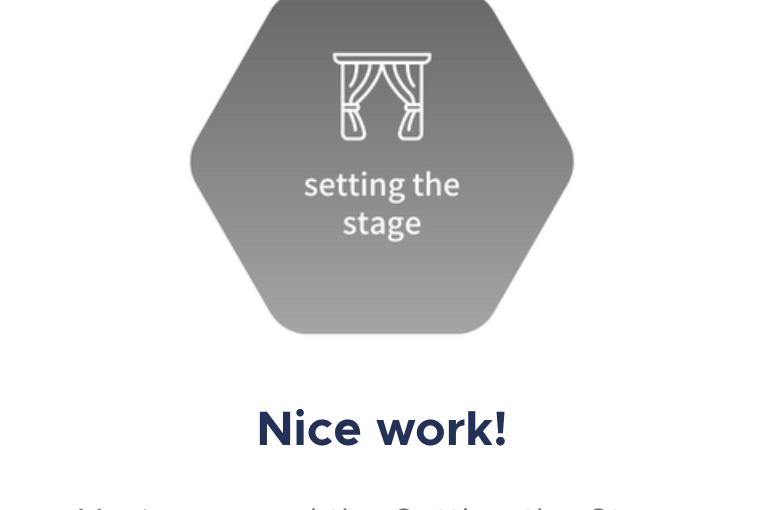

![xkcd comic 1831: Our field has been struggling with this problem for years. [one person grabs a computer and exclaims:] 'struggle no more: I'm here to solve it with algorithms!' [person at computer while others watch] last vignette, 6 months later: 'Wow, this problem is really hard,' says the person at the computer. 'You don't say.' answers the other person.](https://blog.koalie.net/wp-content/uploads/2024/01/here_to_help.png)

